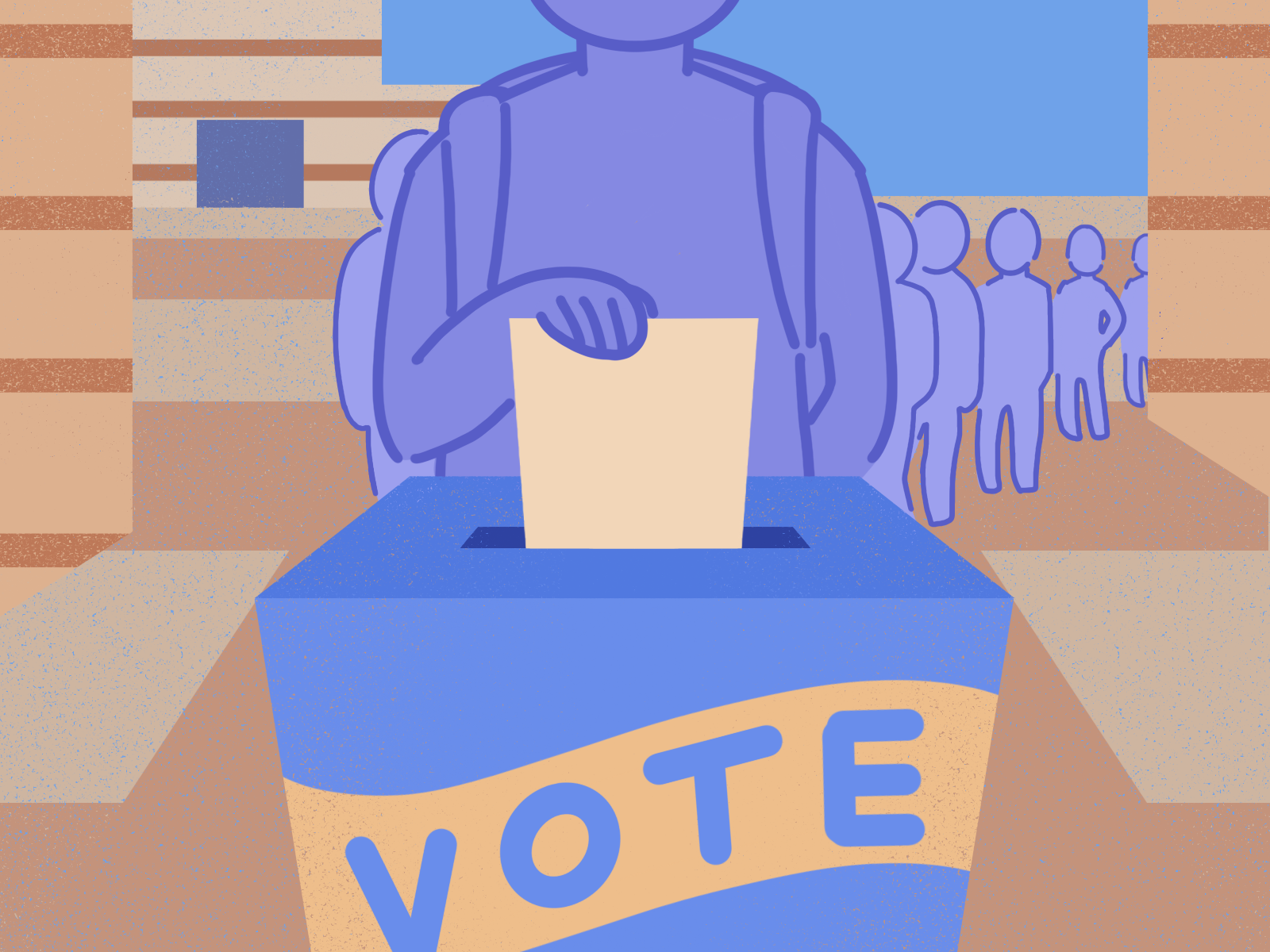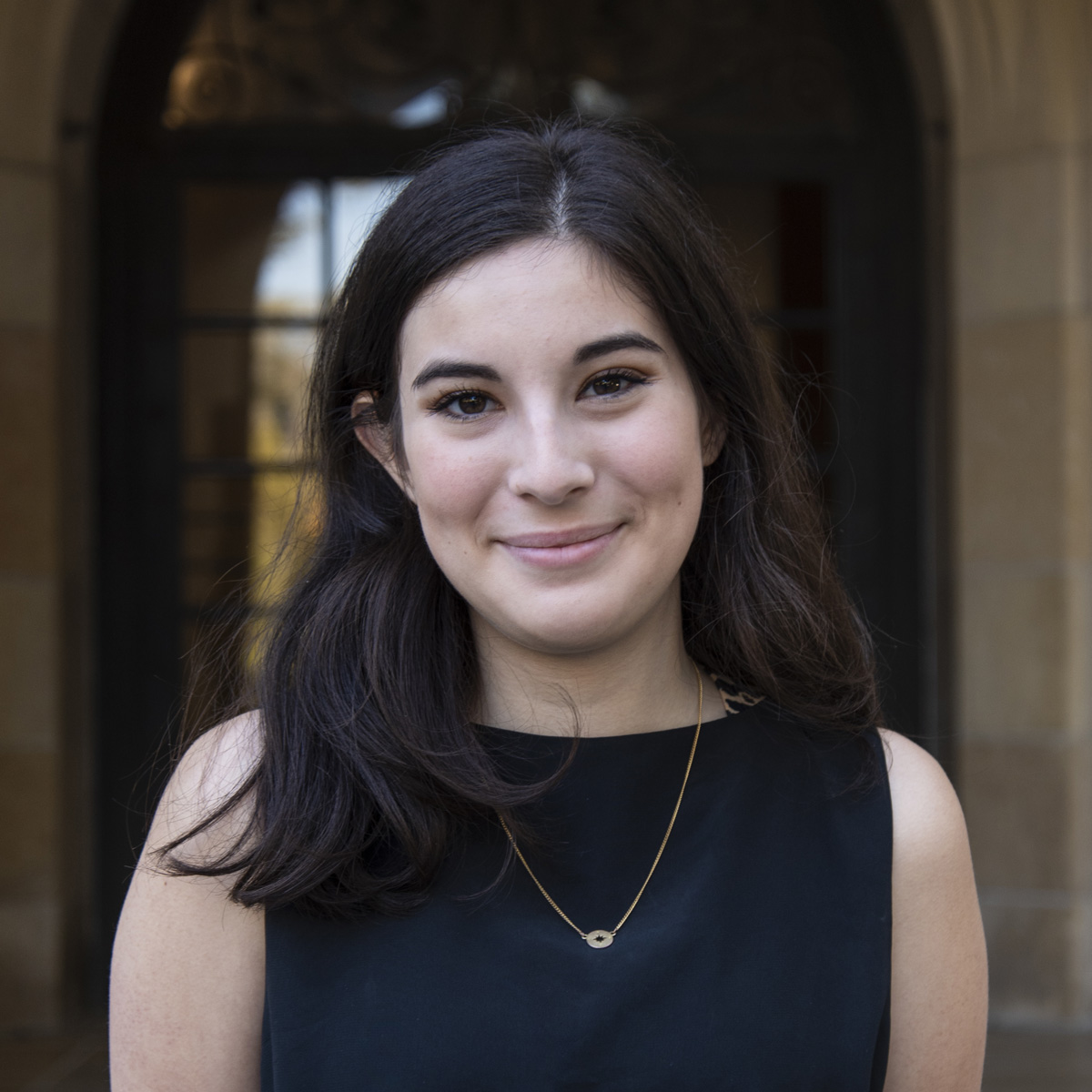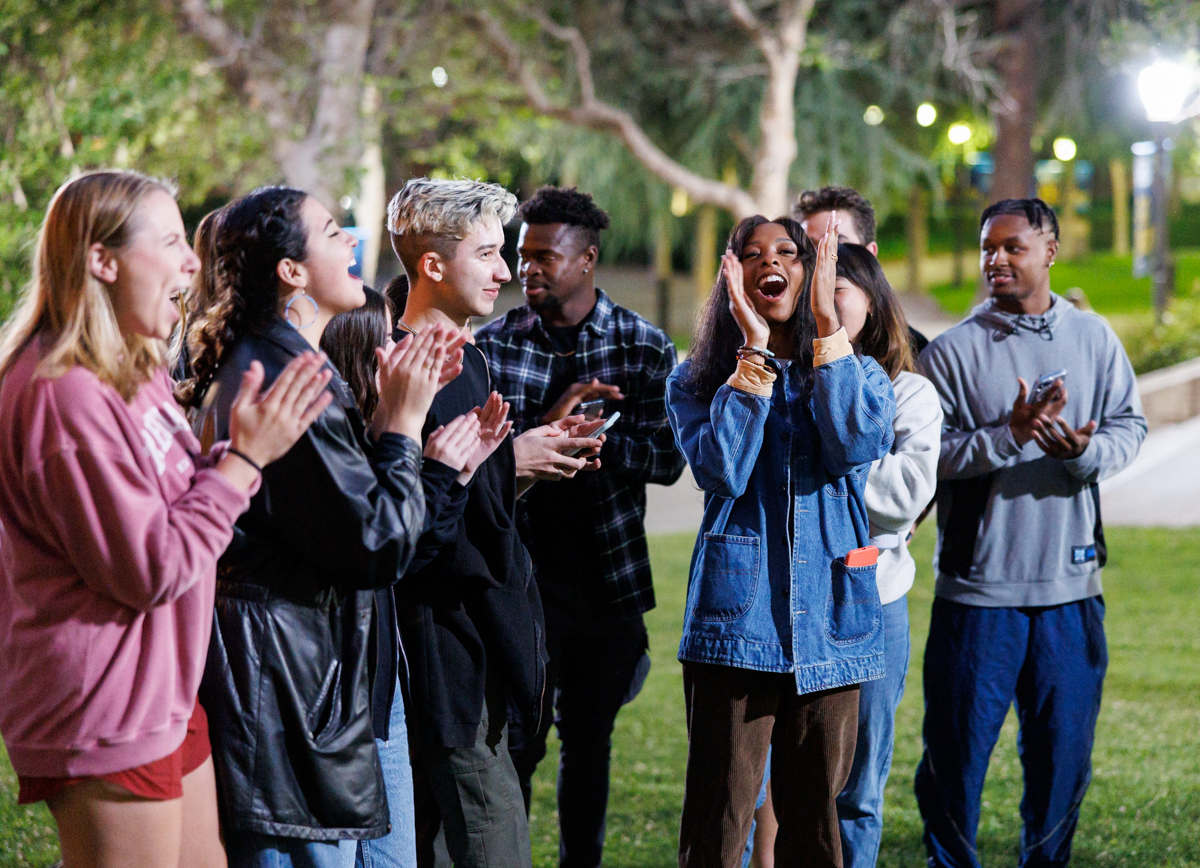USAC resolution aims to promote voter turnout with asynchronous instruction

(Isabella Lee/Illustrations director)

By Alexandra Kaiser
Aug. 14, 2022 4:08 p.m.
This post was updated Aug. 14 at 8:13 p.m.
The Undergraduate Students Association Council passed a resolution Tuesday calling on UCLA to implement asynchronous instruction on Election Day to improve student voter turnout.
In 2016, 68% of University of California students were registered to vote, but only 50% of students voted, according to the resolution. Currently, the UC provides employees with up to two hours of paid time off on election day to vote, but students are not offered any similar accommodations, the resolution added.
USAC’s resolution seeks to implement asynchronous instruction on Election Day beginning with the 2023-2024 school year – when it would fall on Nov. 7 – and continuing every November.
On this day, professors could still post recorded lectures or assignments, but students would not be required to attend class at a specific time that day, said Eva Jussim, the internal chief of staff at the USAC Office of the External Vice President.
Students’ busy schedules stand as an obstacle to voting, said Carmen Le, the office’s director of civic engagement.
Students have a lot to balance and should not have to choose between going to class or being heard in public policy through their vote, Jussim said. Instead of having to choose between school or civic engagement, an asynchronous day would allow students to vote without fear of missing class, Jussim added.
“It’s really hard to weigh the value of my midterm tests versus my midterm elections,” she said.
Coupling an asynchronous election day with lecture-related assignments could be a learning opportunity for students, said Richard Hasen, a professor of law. Simply giving students the day off is unnecessary, especially in California, he added.
“If there is a well-organized effort to provide a lecture-related activity to students, I think it could be a very positive learning experience,” Hasen said.
However, concerns remain about how an asynchronous election day will affect classes, Le said.
One potential issue with an asynchronous day of instruction on election days is the limited amount of time for each class in the quarter system, Le said. Missing even one day of class can have consequences on a student’s learning, she added.
As a solution, Hasen said an extra day could be added to the end of each term to make up for any learning time lost.
“You don’t necessarily have to have a trade-off between one fewer day of classes and supporting lecture-related activities,” he added.
However, even if it cuts fall quarter one day short, ensuring that students can vote without consequences from missing class is critical, Le said. The more students vote, the better represented they are, Jussim added.
“We want to make sure that people aren’t penalized for expressing their vote in the political setting,” Le said.



